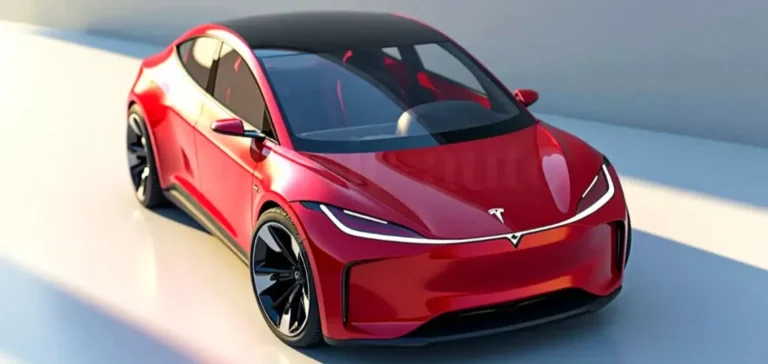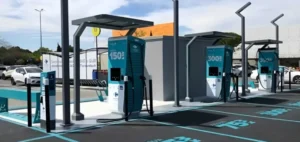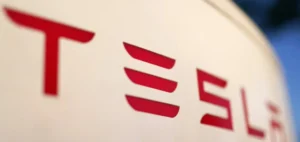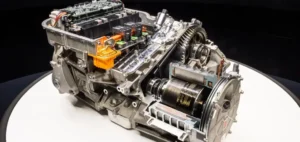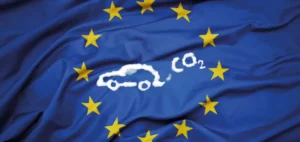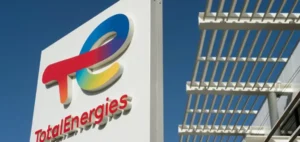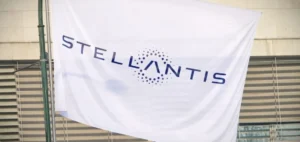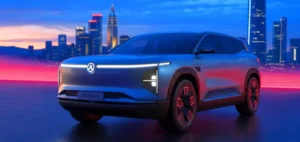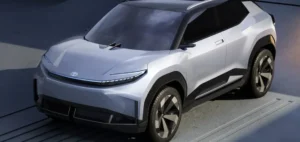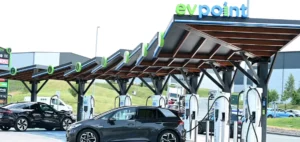Tesla released a short nine-second video on social platform X, showing a car with headlights turning on in the dark. The clip ends with the date “10/7”, strongly indicating the company will hold an event on October 7. This visual teaser was enough to lift the stock by 2% in pre-market trading, as analysts anticipate the unveiling of a lower-cost model.
A streamlined model to expand the customer base
The California-based automaker has been preparing a more affordable version of the Model Y, whose launch had previously been delayed in the United States. In June, Tesla confirmed it had begun initial production of the vehicle, with sales expected to start in the fourth quarter. However, the initial output is expected to be limited, with a slower ramp-up than originally planned.
This model is designed to be about 20% cheaper to manufacture than the current version of the Model Y, according to sources familiar with the matter. It could reach an annual capacity of 250,000 units in the U.S. by 2026. The approach aims to bolster competitiveness as pricing pressure grows across the electric vehicle market.
Strong deliveries ahead of tax credit expiration
Tesla posted record deliveries in the third quarter, supported by a surge in purchases ahead of the expiration of the $7,500 federal electric vehicle tax credit on September 30. Analysts, however, expect demand to soften in the coming months without this fiscal incentive.
According to estimates from Visible Alpha, Tesla’s deliveries could reach 1.85 million vehicles in 2026, with about 155,610 units coming from the upcoming budget model. The projection highlights the industrial significance of the vehicle’s launch in the company’s broader growth trajectory.
An ageing lineup and uneven performance
Tesla’s strategy continues to rely heavily on technical updates to existing models. No new high-volume vehicle has been introduced for several years, despite intensifying global competition. The Cybertruck, the company’s most recent product launch, has faced commercial difficulties since its release.
Between November 2023 and early this year, 46,096 Cybertrucks were produced, according to a U.S. regulatory filing from March. Tesla has also applied multiple discounts to clear inventory. These circumstances underline the strategic importance of the October 7 event for the future of Tesla’s product portfolio.


